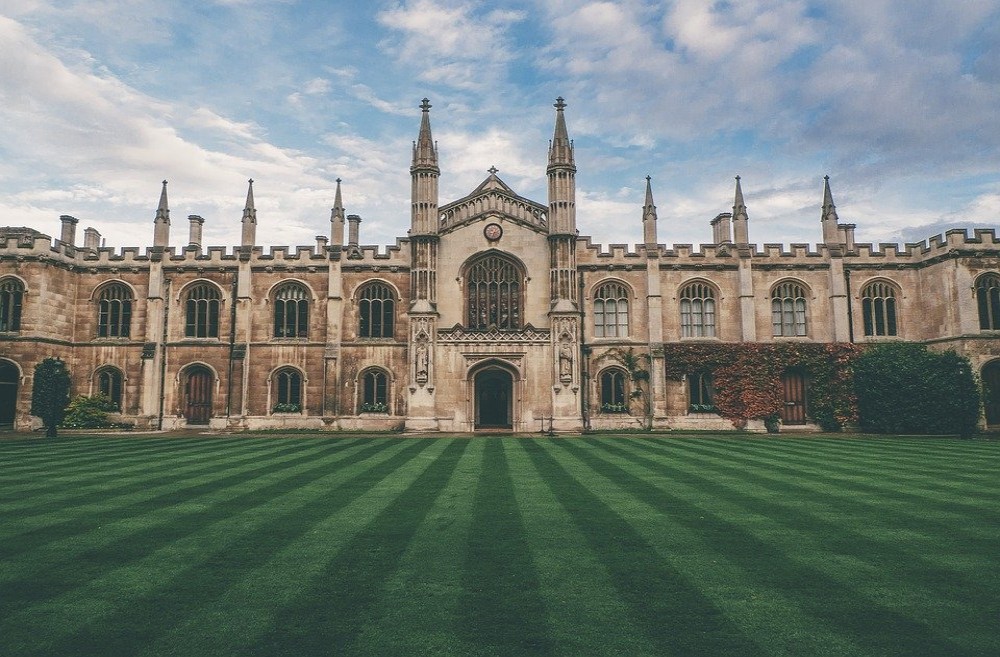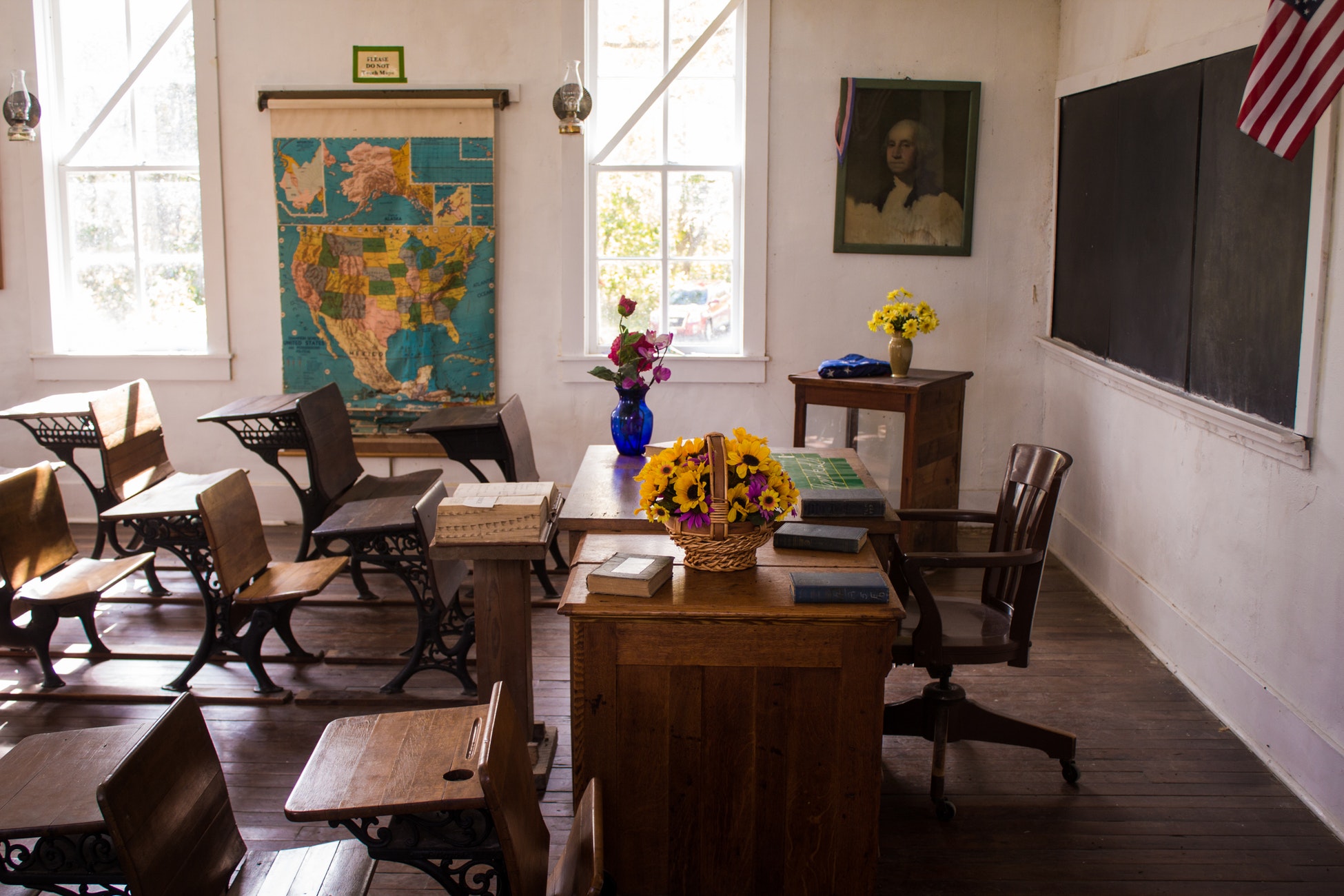The Global Community has high compliments for Singaporean math.
High regards for Singaporean Mathematics
The year 2019 marks the 200th commemorative year for the founding of Singapore by Sir Stamford Raffles of Great Britain. Singapore was a colony of Britain, which makes it abundant to the assets and education from their colonizers. More than 50 education systems around the world have already joined schools from Britain in adapting the Singaporean math style.
Singaporean math started to gain recognition during the 1995 and 1999 rankings by the Trends in International Mathematics and Science Study (TIMSS). The country made it to the top against known top performers Britain and the United States.
In the U.S., a couple based in Portland, Oregon founded Singapore Math Inc in 1998. The couple started importing Singaporean textbooks, which are being used by most parents doing homeschooling for their children.
The Program for International Student Assessment (Pisa) studies, also acknowledges the quality of output from the Singaporean style of education. In 2009, Pisa ranked Singapore students second in the field of mathematics, fourth in science, and fifth in reading in its global rankings.
After three years, Singapore maintained its spot in mathematics and excelled in science and reading, claiming the third spot in both fields. By 2015, Singapore finally made it to top 1 in mathematics, reading, and science, against 71 other countries part of the Pisa rankings.
The secret behind Singaporean mathematics
Math specialist worldwide deduced that the curriculum used in Singapore is “Primary Mathematics,” a teaching approach which started way back in 1982.
According to the Organization for Economic Cooperation and Development (OECD):
Mathematics in Singapore is not about stacking up textbook knowledge. They are more focused on having a mathematician’s mentality through problem-solving.
The curriculum in Singapore teaches students how to learn math instead of memorization of terms and principles found in textbooks.
They call their approach as the Concrete Pictorial Abstract (CPA), it involves a spiral type curriculum. In this approach, topics are introduced in intervals depending on their degree of difficulty. At first, the topics are represented by general materials, later by models with visualization, and then finally through abstract. Visualization through representation in solving problems is the key to this approach.
The development of Singaporean math is very impressive. It underwent extensive research and applied the best model and procedures to support everyone who follows it.







